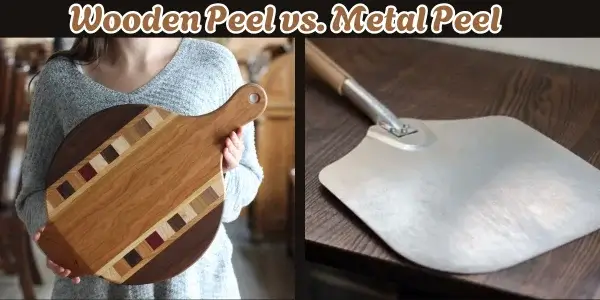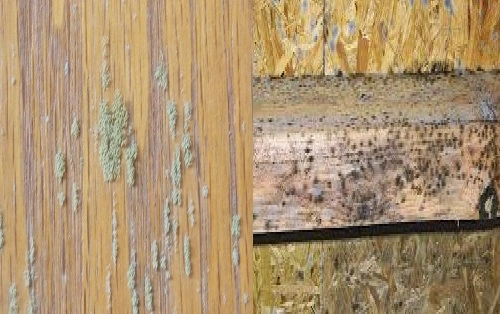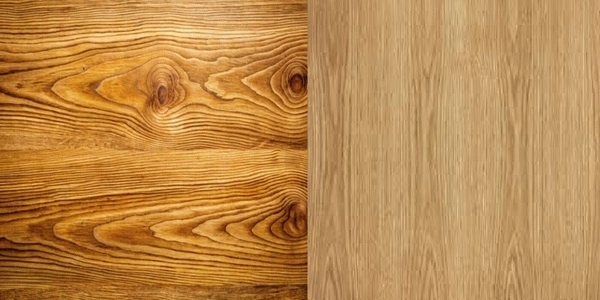For pizza lovers and home chefs across the USA, a pizza peel is an essential tool for baking the perfect pizza. Whether you’re cooking in a traditional wood-fired oven, a modern pizza oven, or a standard home oven, a peel allows you to transfer, turn, and retrieve your pizza safely and efficiently. Two popular options dominate the pizza peel market: wooden peels and metal peels.
While both serve the same function, they differ in material, ease of use, maintenance, and ideal applications. Choosing the right peel can make a big difference in how you prepare your pizza and how easy the process feels. In this article, we’ll compare wooden peels and metal peels, highlighting their advantages, drawbacks, and best uses to help you decide which one works best for you.
What is a Pizza Peel?
A pizza peel is a flat, paddle-like tool with a handle used to place pizzas into and remove them from a hot oven. The term “peel” originates from the Latin word pala, meaning spade or paddle. Peels are available in two primary materials: wood and metal, each with its unique features.
Wooden Pizza Peel: Key Features
A wooden peel is typically made from hardwoods such as maple, oak, or birch, or sometimes bamboo. It has a classic look and feel that is well-suited for pizza-making, especially in traditional settings.
Advantages of Wooden Peels
- Prevents Dough Sticking
Wooden peels naturally have a rougher texture, which helps prevent pizza dough from sticking. This makes it easier to slide raw, freshly topped pizza into the oven. - Classic Aesthetic
Wooden peels have a warm, rustic appearance that appeals to traditionalists and works beautifully in kitchens and pizza shops with a vintage style. - Gentle on Dough
Wood’s natural surface is gentle on delicate pizza dough. It minimizes tearing and maintains the shape of the pizza when transferring it to the oven. - Non-Conductive
Wood doesn’t conduct heat as quickly as metal, so the handle and paddle stay cooler for longer, reducing the risk of burns. - Perfect for Raw Pizza
Wooden peels excel at transferring uncooked pizza into the oven because the dough doesn’t adhere as easily to their surface.
Drawbacks of Wooden Peels
- Bulkier and Heavier
Wooden peels are typically thicker and heavier than their metal counterparts, which can make them more cumbersome to maneuver. - Harder to Clean
Wood is porous, which means it can absorb oils, moisture, and food residue. Cleaning requires hand-washing, and you need to avoid prolonged exposure to water to prevent warping or cracking. - Not Ideal for Turning or Retrieving Pizzas
Wooden peels are better for placing pizzas in the oven but less effective for rotating or retrieving pizzas during baking due to their thickness.
Metal Pizza Peel: Key Features
Metal pizza peels, often made from aluminum or stainless steel, have a thin, lightweight design that provides flexibility and precision. They are commonly found in professional kitchens and modern home pizza ovens.
Advantages of Metal Peels
- Thin and Lightweight
Metal peels have a sleek, thin edge that easily slides under pizzas, making them ideal for rotating and retrieving baked pizzas from the oven. - Durable and Easy to Clean
Metal peels are non-porous, so they don’t absorb grease, oil, or moisture. This makes them easier to clean and more resistant to staining or odors. - Ideal for Turning Pizzas
The thin, flat surface of a metal peel makes it perfect for turning pizzas mid-bake to ensure even cooking, especially in wood-fired ovens. - Space-Saving
Metal peels are typically thinner and lighter than wooden ones, making them easier to store in tight kitchen spaces. - Works for Cooked Pizzas
Metal peels are excellent for retrieving fully cooked pizzas from the oven, as they slide effortlessly under the crust.
Drawbacks of Metal Peels
- Dough Sticks Easily
Raw pizza dough tends to stick to metal surfaces, especially when the peel isn’t well-floured or dusted with semolina. This can make transferring an uncooked pizza into the oven tricky. - Conducts Heat
Metal heats up quickly, so the handle and paddle can become hot during use, increasing the risk of burns. Long-handled versions help mitigate this issue. - Not as Aesthetic
While sleek and functional, metal peels lack the rustic charm and warmth of wooden peels, which some users prefer.
Wooden Peel vs. Metal Peel: A Side-by-Side Comparison

| Feature | Wooden Peel | Metal Peel |
|---|---|---|
| Material | Hardwood or bamboo | Aluminum or stainless steel |
| Best Use | Placing raw pizza into the oven | Turning and retrieving baked pizzas |
| Stickiness | Less sticky for raw dough | Sticky for raw dough unless floured |
| Heat Resistance | Does not conduct heat | Conducts heat quickly |
| Ease of Cleaning | Requires hand-washing; porous | Easy to clean; non-porous |
| Durability | Can warp or crack if exposed to water | Highly durable and long-lasting |
| Weight and Thickness | Thicker and heavier | Thin and lightweight |
| Appearance | Rustic, classic appeal | Modern, sleek design |
Which Peel Should You Choose?
- Choose a Wooden Peel If:
- You primarily need a peel to transfer raw pizza dough into the oven.
- You appreciate the traditional, rustic appearance of wood.
- You want a tool that naturally resists dough sticking.
- You don’t mind hand-washing and extra care.
- Choose a Metal Peel If:
- You want a lightweight, versatile peel for turning and retrieving baked pizzas.
- You need something easy to clean and maintain.
- You prioritize precision and maneuverability, especially in high-heat ovens.
- You have limited kitchen storage space.
The Best of Both Worlds
Many pizza enthusiasts use both peels for optimal results:
- Use a wooden peel to slide raw pizza into the oven (less stickiness).
- Use a metal peel to turn the pizza while baking and retrieve it once it’s done.
This combination provides the benefits of both tools, ensuring smooth handling throughout the pizza-making process.
Conclusion
When deciding between a wooden pizza peel and a metal pizza peel, consider your cooking process, skill level, and preferences. Wooden peels excel at transferring raw pizza thanks to their non-stick properties and rustic charm. On the other hand, metal peels shine in turning and retrieving pizzas due to their thin, lightweight design and easy maintenance.
For serious pizza makers or anyone using high-heat ovens, owning both peels can elevate your pizza game to the next level. Whether you’re a traditionalist favoring wood or a modern home cook opting for metal, the right peel will make creating delicious, perfectly cooked pizzas a breeze.

